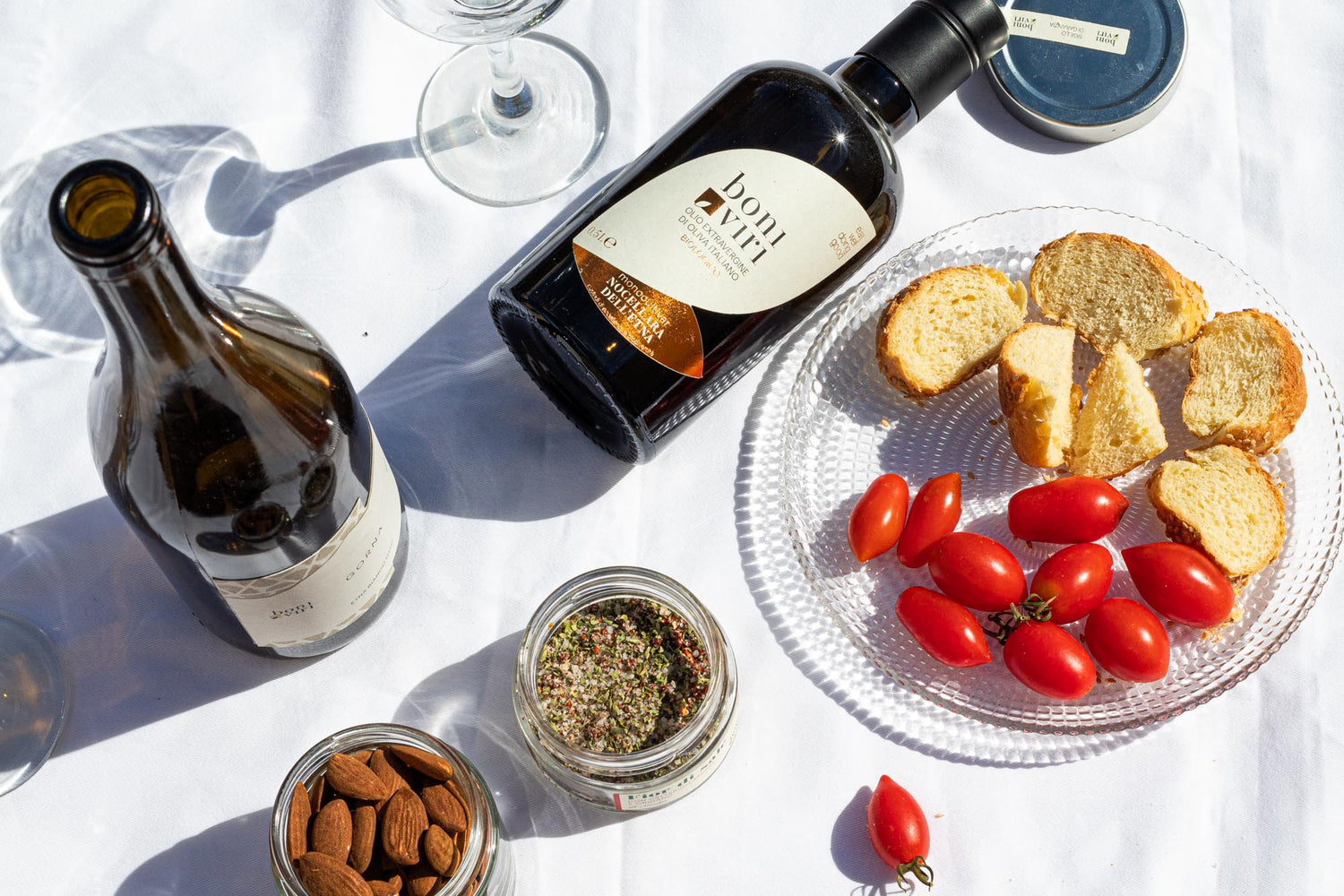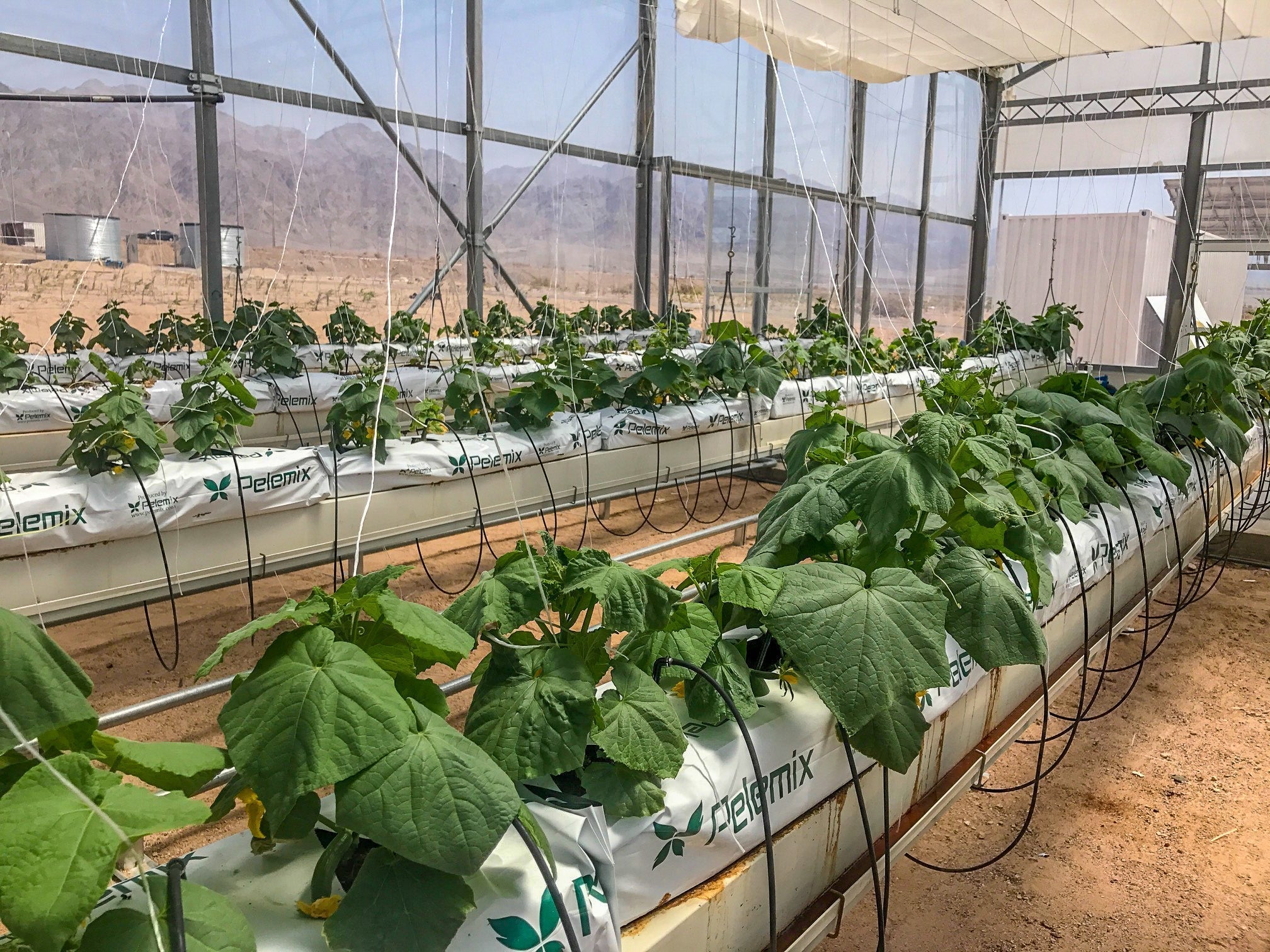June 8, 2021
Today, 80% of the available fresh water is used in agriculture. When we reach 10 billion people in 2050, how will we produce food without harming the planet?
The increasing world population and global warming are putting severe pressure on the food system and water resources.
According to an estimate by the World Health Organization, by 2025, half of the global population will live in areas subject to water stress, where the demand for usable water will exceed the available one, putting the survival of millions of people at risk.
What if there was an infinite source of water that we could use for agriculture, thus increasing food production without further impacting the planet's resources? According to many innovators, the solution to the water problem has always been there, at our disposal: seawater!
Seawater greenhouses
The idea is to use what we have in abundance to produce what we need. Deserts, salt water and sunlight are then used to produce food, water and clean energy.
The seawater greenhouse, designed by British inventor Charlie Paton, is a facility in which, through an innovative solar-powered desalination system, seawater, piped directly from the sea, is used to cool and humidify the air, while the water vapor produced by solar heating is distilled to produce water.
This system allows to maintain a temperature inside the greenhouse up to 15°C lower than the outside one, recreating the ideal conditions for the growth of different varieties of fruit and vegetables. The water requirement is reduced by 90% and, if a greater quantity is needed, desalinated sea water is used.
Another particularly interesting aspect is that the residual water vapor creates an oasis effect even outside the greenhouse, making it possible to renaturalize the surrounding areas. "We want to make the desert green," says Stake, head of the Sahara Forest Project. "The larger areas we can make green, the more carbon we store in the soil." In this way, the greenhouses can become a fundamental element in an even more ambitious project, which aims to reforest entire desert areas, primarily the Sahara.
The results are promising
In Port Augusta, in the desert of South Australia, is Sundrop Farms, a saltwater greenhouse that produces 17,000 tonnes of tomatoes per year, covering 13% of the Australian market. The structure is completely energy self-sufficient thanks to 23,000 solar panels, which allow it to produce the energy needed to desalinate sea water.
The advantages are numerous:
- The plants are grown on raised floors, making this cultivation possible practically anywhere.
- No pesticides of any kind are needed (nothing harmful can enter the greenhouses)
- No fossil fuels are used (self-produced solar energy covers the entire requirement)
- The only water used comes from Spencer Gulf or directly from the ocean
- Production is continuous: in the warmer months, desalinated water keeps the greenhouse cool, allowing the tomatoes to grow, while in the colder months the structure is heated by solar rays.
All these elements make seawater greenhouse cultivation extremely resilient to all types of external conditions, avoiding various problems of today's agri-food industry, first of all price volatility.
In the last ten years, seawater greenhouses have been built in Somalia, Jordan, Oman, Tenerife and Abu Dhabi. All these areas are extremely arid and largely depend on imports of foreign agricultural products, often at not very advantageous conditions. This type of innovation can represent the starting point of a path towards greater domestic production, which has always been limited due to the scarcity of water resources and infertile soils.
Seawater greenhouses are one of the most effective weapons we have to avert a global food crisis. Today, 80% of freshwater is used for agriculture , and with a population expected to reach 10 billion by 2050, we need to act urgently to reduce this consumption. The concept of arable land will need to expand to include deserts and the driest areas of the planet. These could become the key to a more sustainable and equitable food system.




